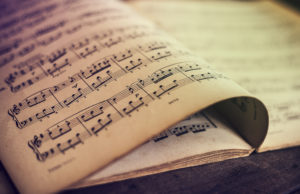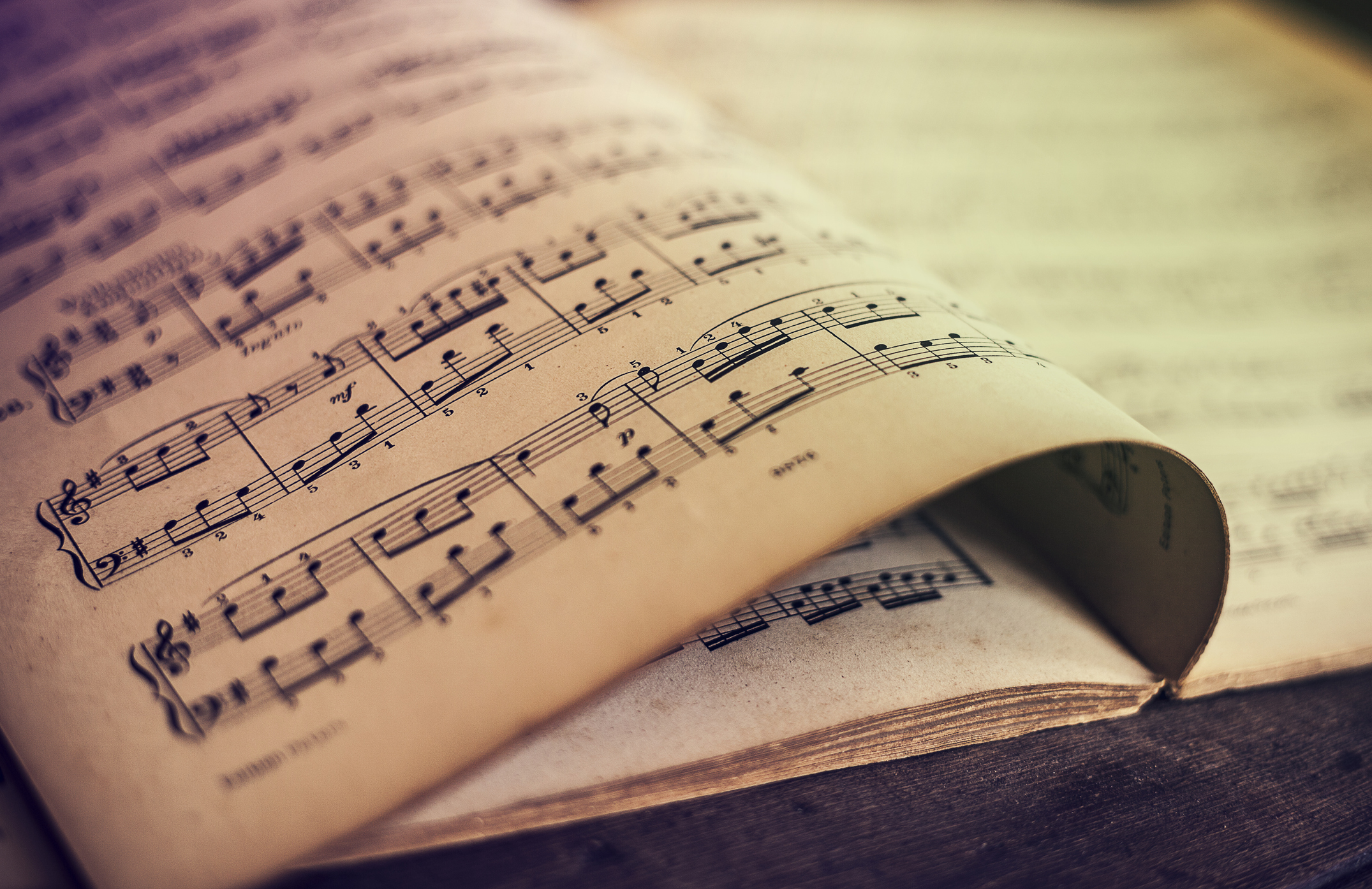 I received a question last month in my Question and Answer Column at Our Sunday Visitor that I answered only briefly. I’d like to expand on it here.
I received a question last month in my Question and Answer Column at Our Sunday Visitor that I answered only briefly. I’d like to expand on it here.
The new priest in our parish just stands there at the altar when we sing the acclamations such as the mystery of faith, the great Amen, Lamb of God, etc. The previous pastor sang loudly with us. Should he not participate more fervently in these acclamations? – Name withheld
Actually, his stance is the correct one. The liturgical directives (called the rubrics or red text) indicate that the people proclaim the mystery of faith, the “great” Amen, the conclusion to the Our Father (“for the Kingdom the power and glory …”) and the Lamb of God. (These instructions are also found in the General Instruction at #s 151, 153, 155.) So, those are acclamations that belong to the congregation, not the priest.
The priest is directed to say or sing the Sanctus (# 148) and the “Lord I am not worthy …” (# 157) with the people. Because there are responses and acclamations that belong to the people, for the priest to say or sing them as well does harm to the dialog and shared responsibility that is intended by the Liturgy.
The priest should not look bored as the people respond, rather he should reverently and prayerfully attend to the response of the people.
My reply was necessarily brief due to column limitations, but I believe that there are some things worthy of further comment.
First, it may be good to emphasize the dialogical nature of the Mass. At times and in certain places of the liturgy, this is forgotten. The priest ought to respect that certain responses and acclamations belong only to the people. Too often the priest not only says them but appears to outright lead them. There are likely due to two reasons.
- In recited Masses (common at daily Masses), where the mystery of faith is not sung, someone needs to both signal and begin the reply for the people. This is because there are several options and the people have no way of knowing which one to use. Thus, most priests answer their own call for the people’s acclamation by saying the acclamation. Saying a few opening words and then stopping as the people continue feels a bit awkward, so the priest usually continues on along with the congregation. At the Lamb of God, too, there is often the need for the priest to get the people started. In sung Masses, however, it is ideal for the acclamations to be said only by the people. Nevertheless, the lamentable but understandable practice of the priest leading as well as responding along with the people a number of parts that belong to them continues, even in sung Masses in which a cantor or the choir can lead the responses.
- Mass facing the people too easily encourages the priest to be a kind of inappropriate ringleader. Although he calls them to a reply, standing there facing them and just listening as they sing a sometimes-lengthy reply feels a bit awkward; so he joins and sings with them. The questioner alluded to this when he said that the new priest “just stands there” when he “should” be “fervently” participating. This is another reason that Mass facing the people often gives confusing signals about roles and the central focus of the Mass.
Second, respecting the role of the people and waiting patiently as they make their reply is an important value to uphold. There is an appropriate dialogue (which involves both speaking and listening) emphasized by the current ordinary form (OF) of the Mass. The roles of the congregation and the various ministers (e.g., acolytes, lectors, deacons, and cantors) have a normative place in the OF liturgy and should not be assumed by the celebrant unless necessity requires it.
In the Traditional Latin Mass (TLM) there were effectively no ministerial roles. The replies of the congregation were provided almost entirely in Latin by an altar boy. Even in Solemn High Mass, where choirs sang and a deacon and sub-deacon chanted readings, the priest celebrant was required to recite sung texts quietly on his own because, in a certain but real sense, the sung versions didn’t “count.” The TLM in effect codified low Mass because only what was recited by the priest was essentially the Mass. Singing, even by assisting clergy, was more an embellishment to the Mass that was read and recited entirely by the priest. This had resulted from a gradual shift over the centuries away from the earliest forms of the Mass which did include actual ministerial functions and more congregational involvement. Some changes were already underway in this regard and the 1962 missal of the TLM permitted the priest to listen again to the Epistle and Gospel.
The current ordinary form has seen a fuller restoration of ministerial functions and restored a number of acclamations to the congregation.
In the OF Mass, the priest does well to respect the roles rightly assigned to lectors, cantors, deacons, and the congregation. He should not simply stand there impatiently as acclamations are made; rather, he should adopt a respectful posture that acknowledges the rightful and essential roles of the congregation and the various other ministers.
While it is true that the vast number of priests do often sing some of the acclamations that are not really theirs, we should learn that the rubrics and norms enshrine an important principle, affirming the dialogical nature that is central to the Ordinary Form of the Mass. A priest who does not sing along with the people in such moments that properly belong to them is actually being respectful of the distinct roles of clergy, ministers, and the congregation.


GIRM: http://www.vatican.va/roman_curia/congregations/ccdds/documents/rc_con_ccdds_doc_20030317_ordinamento-messale_en.html
148. As he begins the Eucharistic Prayer, the priest extends his hands and sings or says, Dominus vobiscum (The Lord be with you). The people respond, Et cum spiritu tuo (And also with you). As he continues, Sursum corda (Lift up your hearts), he raises his hands. The people respond, Habemus ad Dominum (We lift them up to the Lord). Then the priest, with hands outstretched, adds, Gratias agamus Domino Deo nostro (Let us give thanks to the Lord, our God), and the people respond, Dignum et iustum est (It is right to give him thanks and praise). Next, the priest, with hands extended, continues the Preface. At its conclusion, he joins his hands and, together with everyone present, sings or says aloud the Sanctus (cf. no. 79b).
79. b Acclamation: In which the whole congregation, joining with the heavenly powers, sings the Sanctus. This acclamation, which is part of the Eucharistic Prayer itself, is sung or said by all the people with the priest.
151. After the consecration when the priest has said, Mysterium fidei (Let us proclaim the mystery of faith), the people sing or say an acclamation using one of the prescribed formulas.
At the end of the Eucharistic Prayer, the priest takes the paten with the host and the chalice and elevates them both while alone singing or saying the doxology, Per ipsum (Through him). At the end the people make the acclamation, Amen. Then the priest places the paten and the chalice on the corporal.
153. After the Lord’s Prayer is concluded, the priest alone, with hands extended, says the embolism Libera nos (Deliver us). At the end, the people make the acclamation, Quia tuum est regnum (For the kingdom).
155. The priest then takes the host and breaks it over the paten. He places a small piece in the chalice, saying quietly, Haec commixtio (May this mingling). Meanwhile the Agnus Dei is sung or said by the choir and congregation (cf. no. 83).
83. The priest breaks the Eucharistic Bread, assisted, if the case calls for it, by the deacon or a concelebrant. Christ’s gesture of breaking bread at the Last Supper, which gave the entire Eucharistic Action its name in apostolic times, signifies that the many faithful are made one body (1 Cor 10:17) by receiving Communion from the one Bread of Life which is Christ, who died and rose for the salvation of the world. The fraction or breaking of bread is begun after the sign of peace and is carried out with proper reverence, though it should not be unnecessarily prolonged, nor should it be accorded undue importance. This rite is reserved to the priest and the deacon. The priest breaks the Bread and puts a piece of the host into the chalice to signify the unity of the Body and Blood of the Lord in the work of salvation, namely, of the living and glorious Body of Jesus Christ. The supplication Agnus Dei, is, as a rule, sung by the choir or cantor with the congregation responding; or it is, at least, recited aloud. This invocation accompanies the fraction and, for this reason, may be repeated as many times as necessary until the rite has reached its conclusion, the last time ending with the words dona nobis pacem (grant us peace).
157. When the prayer is concluded, the priest genuflects, takes the host consecrated in the same Mass, and, holding it slightly raised above the paten or above the chalice, while facing the people, says, Ecce Agnus Dei (This is the Lamb of God). With the people he adds, Domine, non sum dignus (Lord, I am not worthy).
I have found that by using one option for Mass the people become accustomed to responding with that one option. So at the Mysterium, I start: “Save us” and the people complete the response.
There are also things reserved to the priest that the people should not do such as the “orans” position during the “Our Father”. Mass has come to a point where we no longer know who does what, and rather than follow the mass (rubrics and words) we invent it by doing whatever we like. Pope St. John Paul II has addressed much of this in his documents….but who pays attention to that stuff? We Catholics are so liturgically ignorant, a fault Vatican II intended to correct when it called for “catechesis” on the subject of liturgy. Sacrosanctum Concillium has been reduced to a dead letter, especially the part that says to “retain Latin” and put “Gregorian Chant” in “pride of place” as liturgical music. Does God care if (the majority of) His church is disobedient to valid church council teachings, and post council documents concerning those teachings? What are the consequences for this? As pope, John Paul II himself said that the bigger part of the church is in de facto schism.
Yes, that may be true, but the only one who seemed to care was Pope Benedict. Paul vi and John Paul could have done more (before the worst of the damage was done) if they wanted to. John Paul (if I remember correctly) usually celebrated mass in conformity with the best interpretation of SC when at the Vatican, but when he took the show on the road, the rules were much more fluid. – What is more impressive, what happens at the Vatican on June 28 before EWTN is even around to televise it, or what happens in your local sports stadium.
I have observed some priests who cannot carry a tune. Could this be one reason for the “silence”?